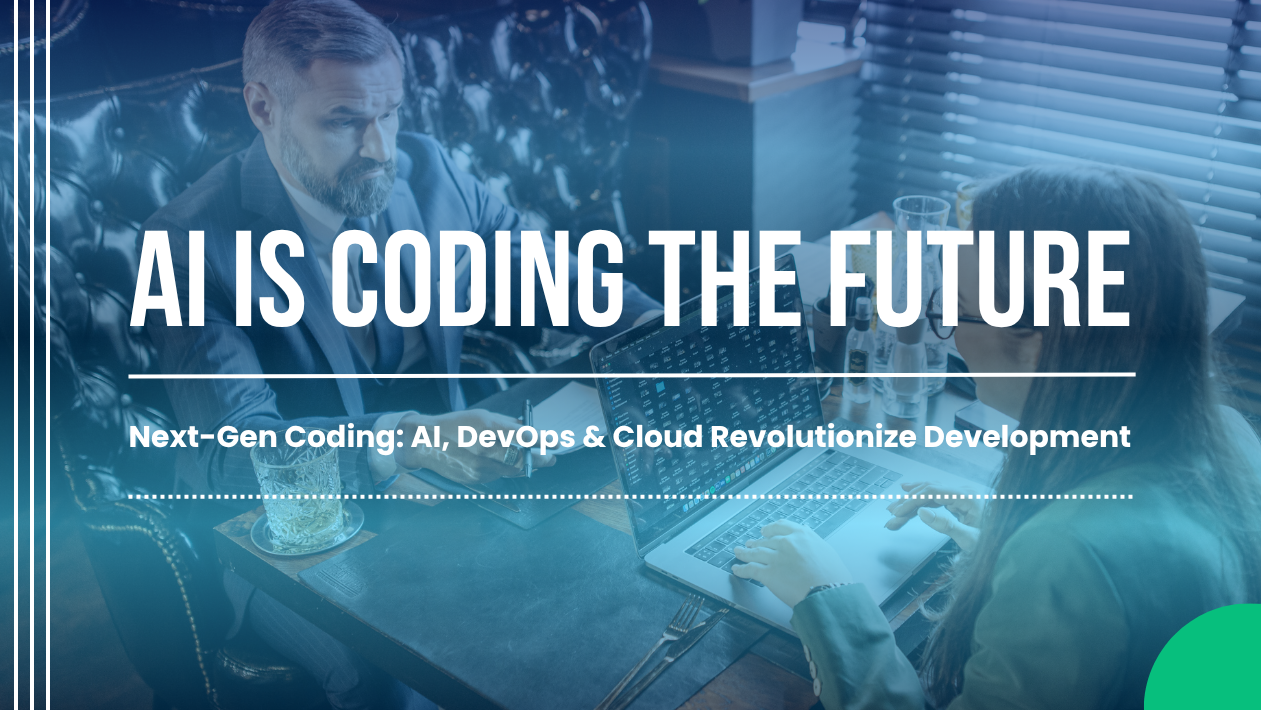Every dataset within an enterprise is a double-edged sword, fueling AI‑driven insights and real‑time analytics while simultaneously increasing security risks and regulatory exposure. The paradox of modern data management lies in the need to maximize usability while minimizing exposure, a challenge that traditional security frameworks fail to address efficiently.
Data masking resolves this paradox by applying real‑time obfuscation techniques that preserve data format and referential integrity while rendering sensitive attributes unusable to unauthorized entities. Unlike encryption—which introduces computational overheads and requires decryption—advanced masking methods such as dynamic data masking (DDM), format‑preserving encryption (FPE), and tokenization enable secure processing across AI models, analytics pipelines, and transactional systems.
As enterprises expand into multi‑cloud, edge, and federated AI ecosystems, demand grows for adaptive, role‑based, context‑aware data masking strategies. Data masking is evolving from compliance afterthought to foundational enabler of scalable, AI‑driven architectures operating under zero‑trust principles.
🔍 The new role of data masking: Enabling AI and real‑time analytics
- Converging AI, real‑time analytics, and data privacy requires low‑latency, in‑flight data transformations.
- Techniques like deterministic masking, synthetic data, and tokenization allow consistent, compliant AI model training without exposing PII.
- DDM ensures only authorized users see real data in-stream, enabling secure, high‑speed analytics.
⚙️ Technical breakthroughs powering next‑gen masking
- In‑memory, query-layer masking eliminates pre‑masked datasets.
- Format-preserving encryption (FPE) maintains structure for legacy systems.
- Differential privacy adds noise for secure model training.
- Context‑aware masking adjusts in real time by role, location, and risk (e.g., K2view micro‑databases).
- Emerging tools like homomorphic encryption, SMPC, and masked data lakes support privacy‑preserving computation.
💡 Fueling hyper‑personalized customer experiences
- Dynamic masking enables real‑time personalization engines to analyze behavior without exposing PII.
- Synthetic data helps simulate real users while avoiding regulatory issues.
- Role/context-based masking ensures only the appropriate level of data is accessed, balancing personalization and privacy.
🔧 Future‑proofing your enterprise: Adaptive masking as essential
- Static masking fails at scale—adaptive masking dynamically adjusts based on access context, risk, and IAM integration.
- AI‑powered risk-based masking reacts in real time to threats.
- Industries handling PI-driven data (finance, healthcare, telecom, etc.) must automate masking to maintain compliance (GDPR, CCPA, HIPAA) while enabling rapid analytics and fraud detection.





